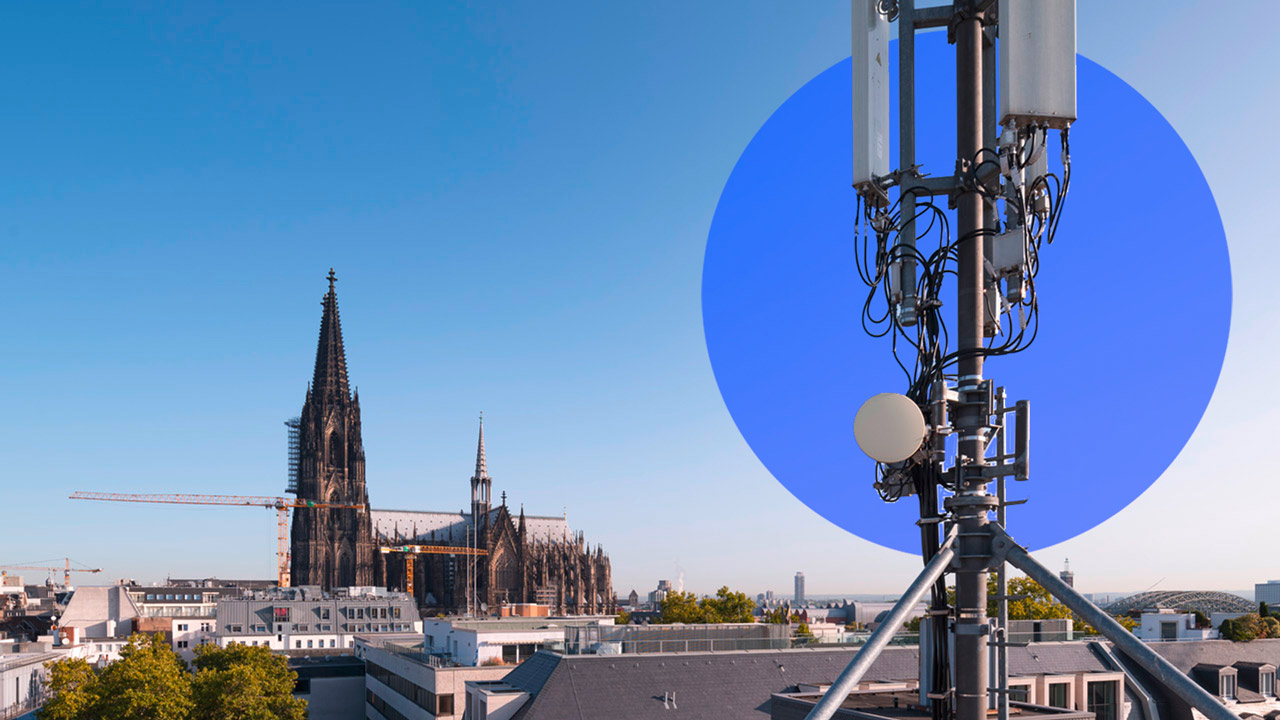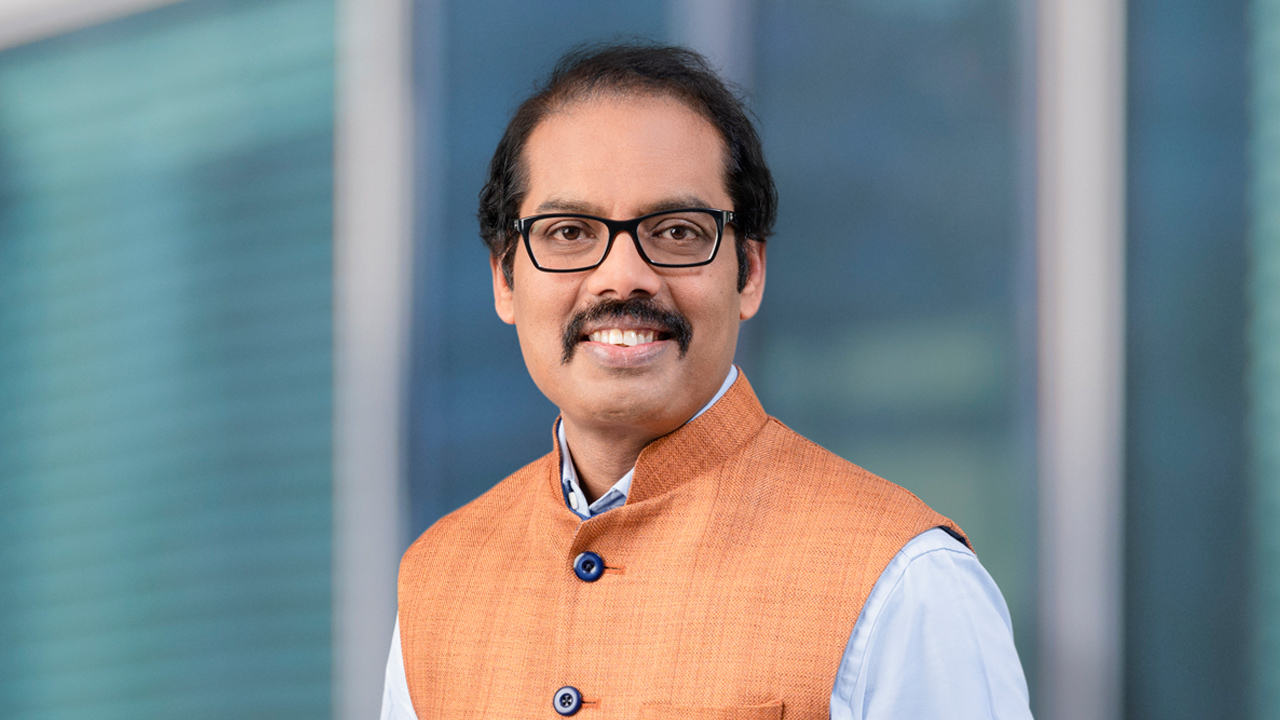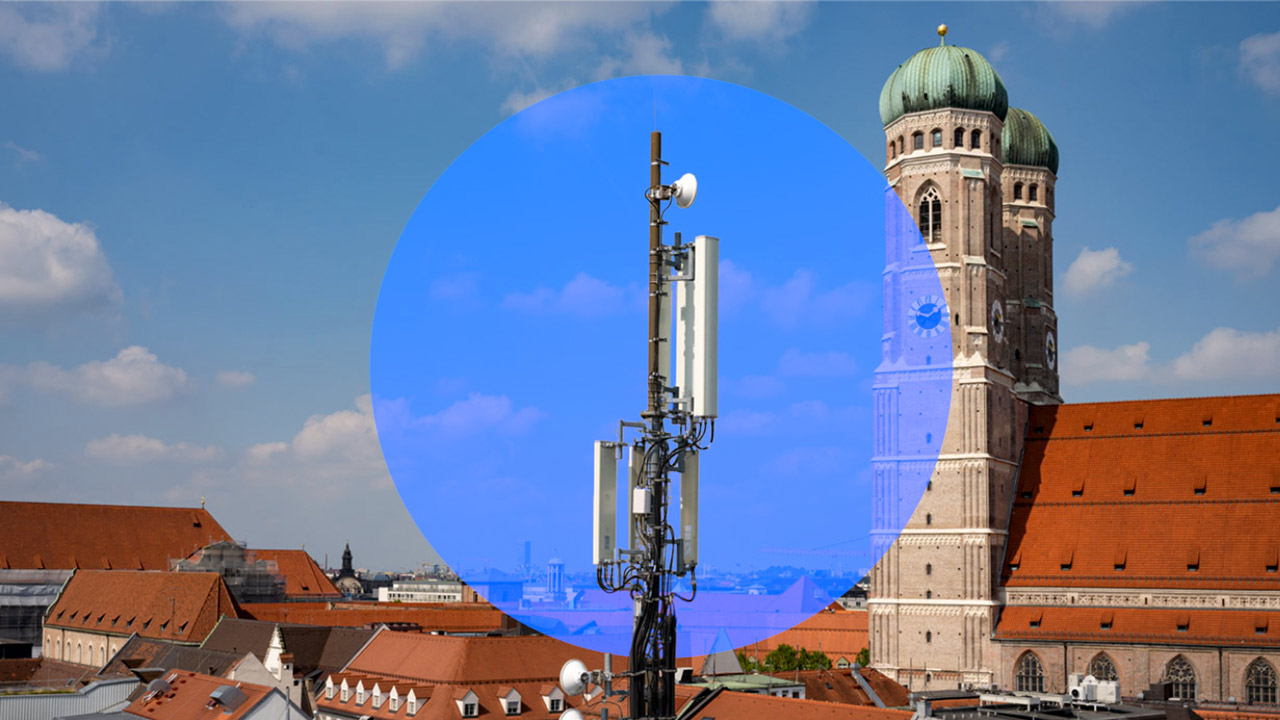04.04.2022
O2 achieves milestone in 5G network expansion:10,000 5G antennas transmitting in the O2 network

O2 is providing 5G to more than a third of the population.
The telecommunications provider O2 Telefónica has reached an important milestone in its nationwide 5G network expansion offensive: currently, around 10,000 5G antennas are transmitting in the O2 network. This means that O2 is providing 5G to more than a third of the population. After the launch of the 5G network in October 2020, O2 has continuously accelerated its network expansion and brought the mobile high-speed standard to more and more cities and also rural communities. What is special about the O2 5G network: O2 places a strong focus on the 3.6 GHz frequencies, which are ideally suited for particularly fast and powerful 5G. Currently, more than 5,000 5G antennas are transmitting on this frequency. O2 is consistently continuing its network expansion offensive: by the end of the year, the provider will cover half of the population with its 5G network, and by the end of 2025 all of Germany.

Mallik Rao
"We are rolling out 5G faster than any other mobile technology before. Our expansion offensive ensures an improved O2 5G network in numerous German cities and regions. Currently around 40 new 5G antennas are being added every day," said Mallik Rao, Chief Technology & Information Officer of O2 Telefónica. "We focus on the rollout of real 5G via 3.6 GHz and 700 MHz, while we use DSS as combination of 4G and 5G supplementary. With our 5G expansion strategy, we are creating a strong foundation and optimal conditions for the connected future of millions of private and business customers in Germany."
Highspeed from Hamburg to Munich: 5G rollout at 3.6 GHz progressing rapidly
With the focused expansion of fast 5G on 3.6 GHz, O2 offers its customers in numerous cities and communities high data rates for mobile data usage, short response times, and a significantly improved network experience in everyday life. In addition, O2 customers benefit from comprehensive network capacities even in highly frequented locations such as pedestrian zones and city centers.

With the focused expansion of fast 5G on 3.6 GHz, O2 offers its customers in numerous cities and communities high data rates for mobile data usage, short response times, and a significantly improved network experience in everyday life.
One example is Munich: Here, O2 already provides more than 80 percent of the population with fast 5G at 3.6 GHz. A total of around 500 5G antennas are currently transmitting at this high-speed frequency in the Bavarian capital. This means that O2 is continuously improving its strong network in Munich. At the turn of the year, the trade magazine connect gave the O2 network in Munich the top rating of "Outstanding" and the highest network quality of all providers.
Also in Stuttgart and Nuremberg, O2 provides over 80 percent of the population with 5G on 3.6 GHz. In Cologne and Bonn, this figure is around three quarters of the population in each case. In Berlin, Hamburg and Essen, the fast O2 5G network on 3.6 GHz already reaches over half the population.
As part of its 5G expansion campaign, the provider is bringing its 5G network to more and more cities and communities. In recent weeks, O2 has launched the first 5G sites on 3.6 GHz in Dresden, Rostock, Lübeck as well as Neckarsulm, Planegg, Neu-Ulm and Edingen-Neckarhausen, among others.
O2 5G network available in more and more regions
For greater network coverage, O2 is also using the 700 MHz frequencies with particularly high coverage. This enables the company to provide 5G even faster to additional regions and also to rural communities - most recently, for example, in the districts of Ansbach, Görlitz, Landsberg am Lech, Märkisch-Oderland, Ostalbkreis and in the Hannover region. The 5G rollout will be complemented by the use of Dynamic Spectrum Sharing (DSS) technology on 1800 MHz, which flexibly combines 4G and 5G.
5G for the industry: O2 Telefónica drives digitization for businesses

For connected car production, O2 Telefónica had already set up a 5G campus network for Mercedes-Benz Cars in Sindelfingen in 2019.
In the industrial sector, the telecommunications provider is successfully working with companies from a wide range of industries to drive the digitalization of business processes, production and logistics. Most recently, O2 Telefónica joined forces with Helios, one of the country's largest hospital operators, to launch the country’s first 5G campus network for a private hospital in Leipzig. The hospital is connected with the 5G standalone standard. This expansion stage of 5G enables high gigabit data rates and real-time communication with extremely low response times. This enables better monitoring of patient’s vital signs and efficient networking of medical devices in the hospital. The provider has also launched the first 5G standalone campus network in Hamburg in collaboration with the public IT service provider Dataport. Dataport expects to boost efficiency and innovation when connecting public administrations and smart cities. For connected car production, O2 Telefónica had already set up a 5G campus network for Mercedes-Benz Cars in Sindelfingen in 2019.